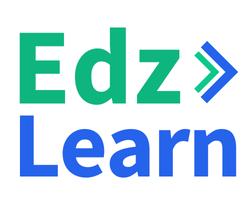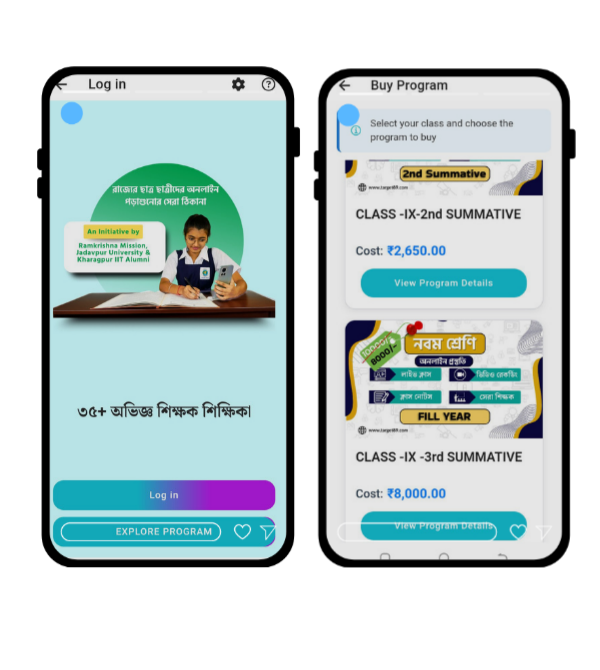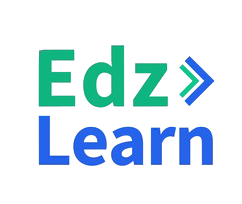In today’s fast-paced, digitally-driven world, flexibility and personalization are no longer just perks—they’re expectations. As industries adapt to meet these demands, the education sector is no exception. On-demand learning, often dubbed “The Netflix Model for Education,” has emerged as a revolutionary approach that mirrors the flexibility, accessibility, and customization we enjoy in streaming entertainment.
This blog dives deep into the concept of on-demand learning, explores how it works, and highlights why it’s reshaping education for learners of all ages.
What is On-Demand Learning?
On-demand learning refers to a flexible education model where learners can access content anytime, anywhere, and on any device, much like streaming movies or TV shows on platforms like Netflix. Instead of adhering to rigid schedules, learners can choose what they want to learn, at their own pace, and often in a personalized manner.
Key Features of On-Demand Learning:
- 24/7 Accessibility: Learning materials are available anytime.
- Learner-Centric Approach: Focuses on individual needs and goals.
- Micro-Learning Opportunities: Bite-sized content for quick learning.
- Diverse Formats: Videos, podcasts, quizzes, and interactive modules.
Why the Netflix Model?
The comparison to Netflix lies in the parallels between how entertainment is consumed and how education is now being delivered. Just as Netflix offers a vast library of content catering to different tastes and preferences, on-demand learning platforms provide an extensive range of courses, skills training, and resources.
1. Personalization
Netflix uses algorithms to recommend shows based on user behavior. Similarly, on-demand learning platforms leverage AI and data analytics to suggest courses and content that align with a learner’s interests, skill gaps, and career goals.
2. Instant Gratification
In the age of instant access, waiting is a thing of the past. On-demand learning ensures learners get what they need when they need it, eliminating barriers like time zones and rigid schedules.
3. Flexible Consumption
Whether you want to binge-watch an entire season or consume one episode at a time, the choice is yours. The same applies to on-demand learning, where learners dictate the pace and sequence of their education.
The Mechanics of On-Demand Learning
On-demand learning platforms use technology to provide a seamless and engaging experience:
- Content Libraries
Just like Netflix has categories for genres, platforms like Coursera, Udemy, and LinkedIn Learning offer diverse courses across subjects, from programming to soft skills. - AI-Powered Recommendations
Based on past activity and interests, learners receive personalized course suggestions. - Multimedia Content
Content is delivered through videos, interactive simulations, eBooks, and audio lessons, catering to different learning styles. - Progress Tracking
Learners can track their progress, revisit lessons, and even earn certifications to showcase their achievements.
Benefits of On-Demand Learning
1. Accessibility for All
With just an internet connection, learners from anywhere in the world can access high-quality education. This model breaks down geographical and financial barriers, making education more inclusive.
2. Learning at Your Own Pace
No two learners are alike. On-demand platforms allow users to pause, rewind, and revisit content as needed, ensuring a thorough understanding of concepts.
3. Cost-Effectiveness
Compared to traditional education, on-demand learning often provides affordable or even free options, making lifelong learning attainable for everyone.
4. Continuous Skill Development
In an era where skills quickly become outdated, on-demand learning ensures professionals stay relevant by offering up-to-date courses in emerging fields like AI, blockchain, and digital marketing.
5. Diverse Learning Formats
Whether you’re a visual learner or someone who prefers hands-on activities, on-demand platforms cater to various learning styles, enhancing the overall experience.
Real-World Examples of On-Demand Learning
1. Skill Development with Coursera
Coursera offers flexible courses and even full degrees in partnership with leading universities. Learners can choose topics ranging from data science to creative writing.
2. Professional Growth with LinkedIn Learning
Professionals use LinkedIn Learning to upskill in areas like project management, leadership, and software tools, boosting their career prospects.
3. Hobby Exploration on Udemy
Udemy allows users to explore creative pursuits like photography, cooking, and music alongside professional courses.
4. Language Learning with Duolingo
Duolingo provides bite-sized lessons that learners can complete at their own pace, making language learning accessible and fun.
Challenges of On-Demand Learning
While the Netflix model has transformed education, it’s not without challenges:
1. Self-Discipline Required
Learners must be motivated and disciplined, as the flexibility can sometimes lead to procrastination.
2. Lack of Interaction
Traditional classrooms provide face-to-face interactions, which are limited in on-demand learning. However, some platforms address this with discussion forums and live Q&A sessions.
3. Quality Control
With a plethora of content available, not all courses are of high quality. Learners must carefully choose reputable platforms.
4. Internet Dependence
On-demand learning requires consistent internet access, which can be a hurdle in regions with poor connectivity.
Future Trends in On-Demand Learning
The future of on-demand learning looks bright, with emerging trends enhancing its appeal:
- Integration of AR/VR
Augmented and virtual reality will make learning more immersive, allowing learners to practice real-world skills in a simulated environment. - AI-Powered Tutors
AI-driven chatbots and virtual tutors will provide instant assistance, answering questions and guiding learners through complex topics. - Gamification
Incorporating game-like elements such as leaderboards and badges will boost engagement and motivation. - Micro-Learning Modules
Bite-sized lessons that fit into busy schedules will continue to gain popularity. - Collaborative Learning Features
Platforms will integrate features that promote peer-to-peer interaction, such as group projects and community discussions.
Who Benefits from On-Demand Learning?
- Students: Gain access to supplementary materials and explore interests beyond their curriculum.
- Professionals: Upskill and stay relevant in competitive job markets.
- Educators: Use on-demand tools to enhance traditional teaching methods.
- Lifelong Learners: Explore new hobbies, interests, or career paths at their own pace.
Conclusion
On-demand learning, inspired by the Netflix model, is revolutionizing the education landscape by prioritizing flexibility, accessibility, and personalization. Whether you’re a student, professional, or hobbyist, this model caters to diverse needs, ensuring that learning fits seamlessly into modern lifestyles.
As technology continues to evolve, on-demand learning will only become more sophisticated, bridging gaps in education and empowering learners across the globe.
This Blog is Written By Ritika Saxena,
Content Writer and Social Media Manager At
Edzlearn Services PVT LTD.
For More Information Connect With Her on Linkedin : https://www.linkedin.com/in/ritika-saxena0355/
Read our Recent Blogs: https://edzlms.com/blogs/
Download our Recent Case Study: https://edzlms.com/case-study/
For anything related to LMS, feel free to reach out or book an appointment at : https://calendly.com/edzlms/30min.
Contact – Mihir Jana
Phone no.- +919916650872















